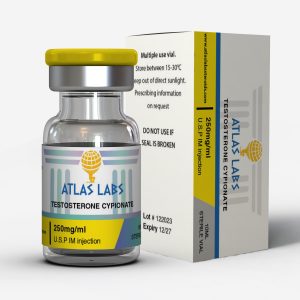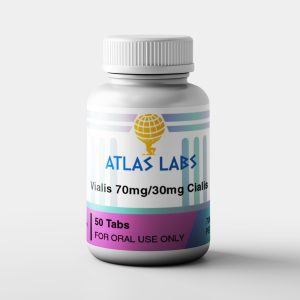Steroid Side Effects: Short-Term vs Long-Term Risks Explained
Steroids can be powerful tools for muscle growth and performance, but they also come with a long list of potential side effects. Some show up within weeks of starting a cycle, while others develop after years of use. Understanding both short-term and long-term risks is crucial before deciding whether steroids are worth the gamble.
Short-Term Side Effects
Many side effects appear early in a cycle. Water retention and bloating are among the most common, caused by the conversion of testosterone into estrogen. Some users also experience acne and oily skin, as androgens stimulate sebaceous glands. Gynecomastia, or male breast tissue growth, can occur if estrogen levels rise unchecked. Mood swings and irritability—often dubbed “roid rage”—are possible in some users, while insomnia and night sweats are particularly common with compounds like Trenbolone.
Long-Term Side Effects
Over time, steroids take a heavier toll on the body. Cardiovascular strain is one of the most serious risks, with prolonged use linked to high blood pressure, unhealthy cholesterol levels, and even heart disease. Liver damage is another concern, especially with oral steroids that stress the liver over multiple cycles. Kidneys may also suffer, particularly when dehydration or high blood pressure is involved. On a hormonal level, steroids suppress natural testosterone production, sometimes leading to permanent dependence on hormone replacement therapy. Fertility issues are another long-term risk, as sperm production declines during extended use. Beyond physical effects, some users develop psychological dependence, struggling to stop cycling due to body image pressures.
Reducing Risks
While side effects can’t be eliminated, they can be managed. Running moderate cycles instead of high doses reduces strain on the body. On-cycle support supplements for liver and heart health can help, and Post Cycle Therapy is essential for restoring hormonal balance after a cycle. Regular bloodwork is perhaps the most important tool, allowing users to monitor cholesterol, liver enzymes, and hormone levels in real time.
FAQs
Do all steroid users experience side effects?
Not necessarily. Genetics, dosage, and compound choice all play major roles. Some people tolerate certain steroids better than others.
Can side effects be permanent?
Yes. While acne or water retention may disappear after a cycle, issues like cardiovascular damage or fertility problems can last for life.
Conclusion
Steroids deliver rapid results, but those results come with risks that range from temporary annoyances to life-long health problems. Short-term issues like acne and water retention may fade, but long-term dangers such as heart disease and hormonal suppression are harder to reverse. Anyone considering steroids should weigh the benefits against the very real costs—and understand that safer alternatives, or simply patience and discipline, may be better long-term solutions.
The information provided in this article is intended for educational and research purposes only. It does not constitute medical advice or a recommendation to use any substances discussed. Always consult with a licensed medical professional before beginning any supplement, peptide, or anabolic steroid protocol.
If you’re interested in exploring high-quality research compounds, you can browse our shop here.

